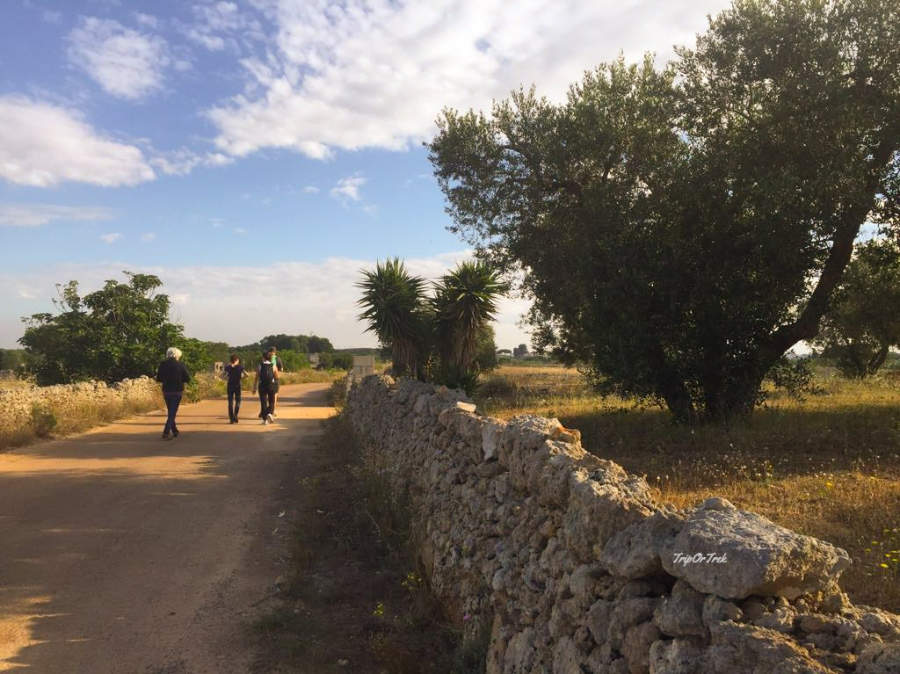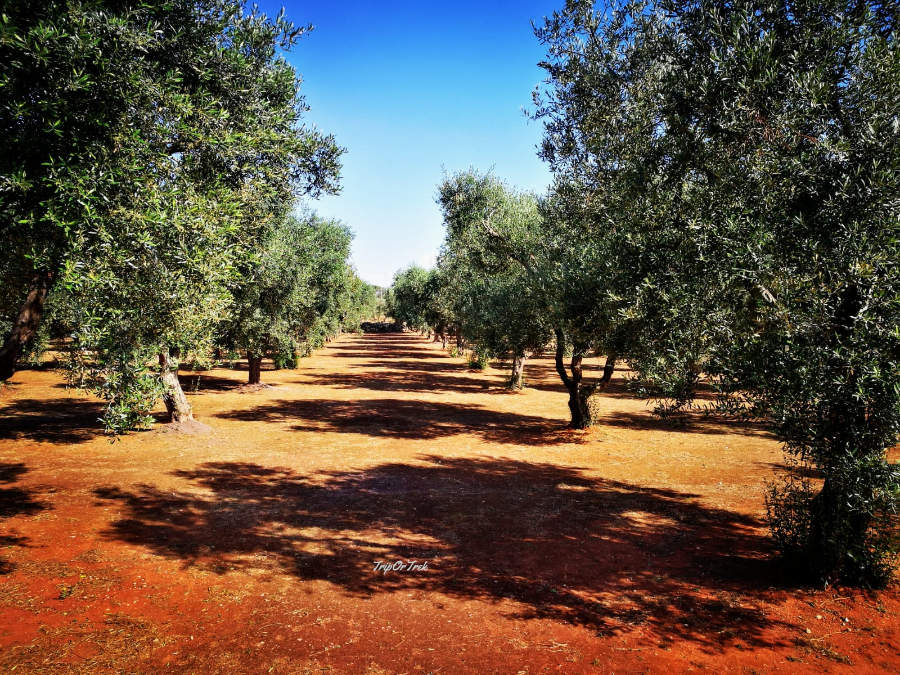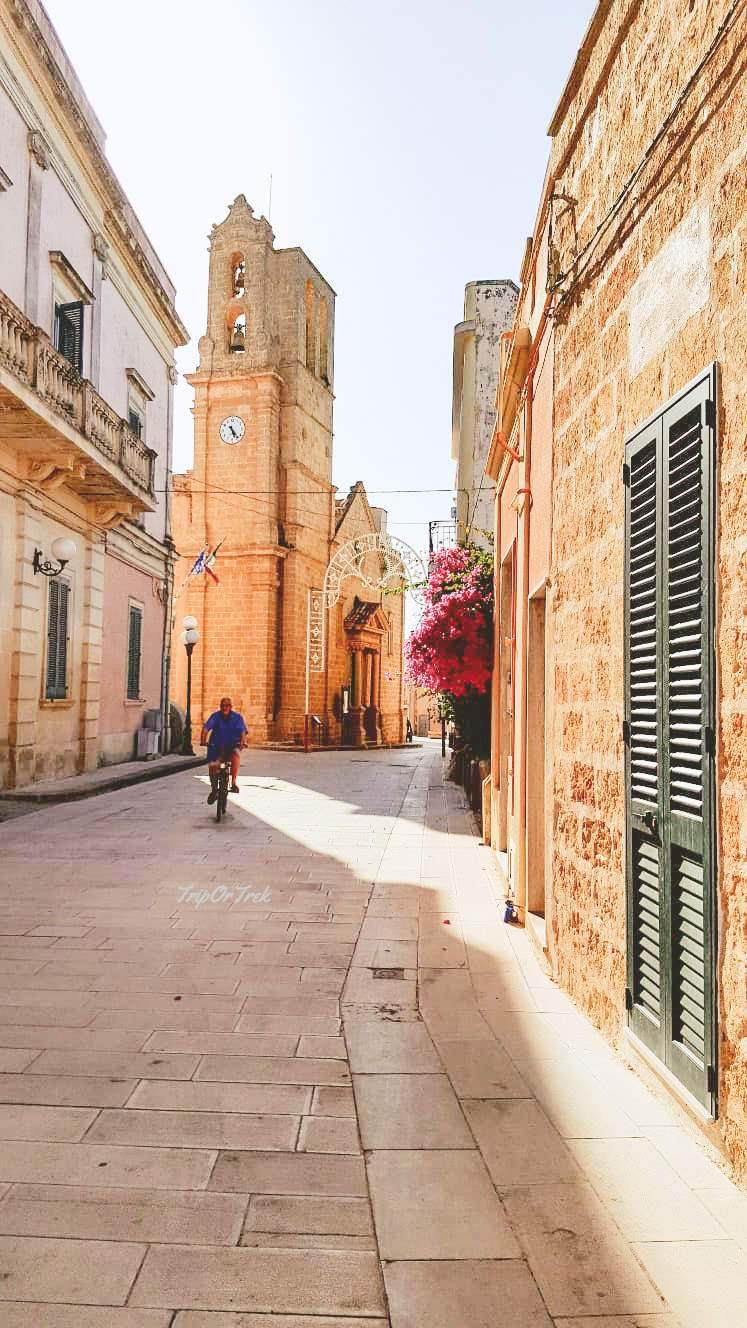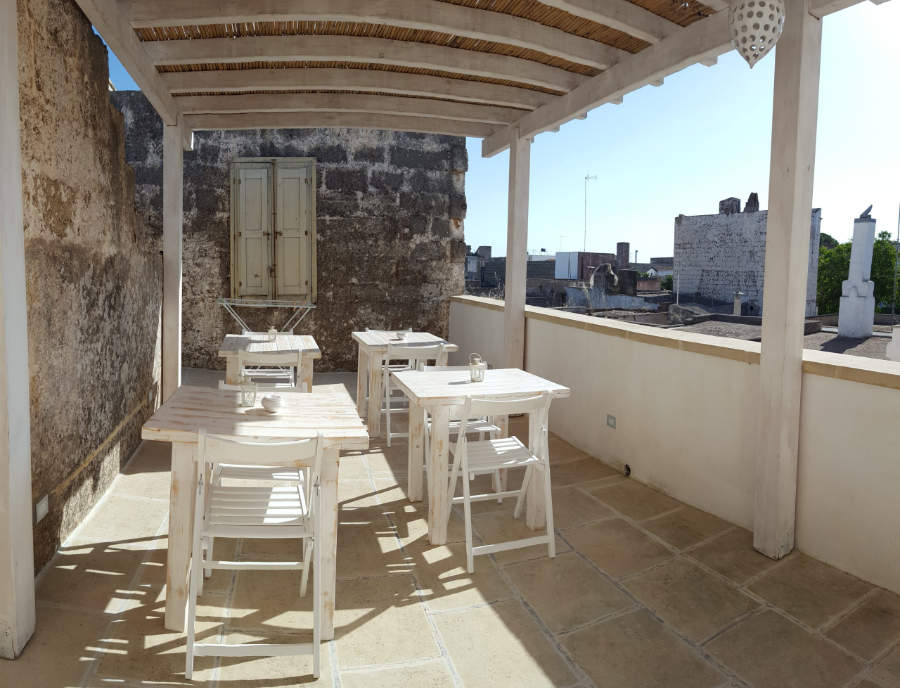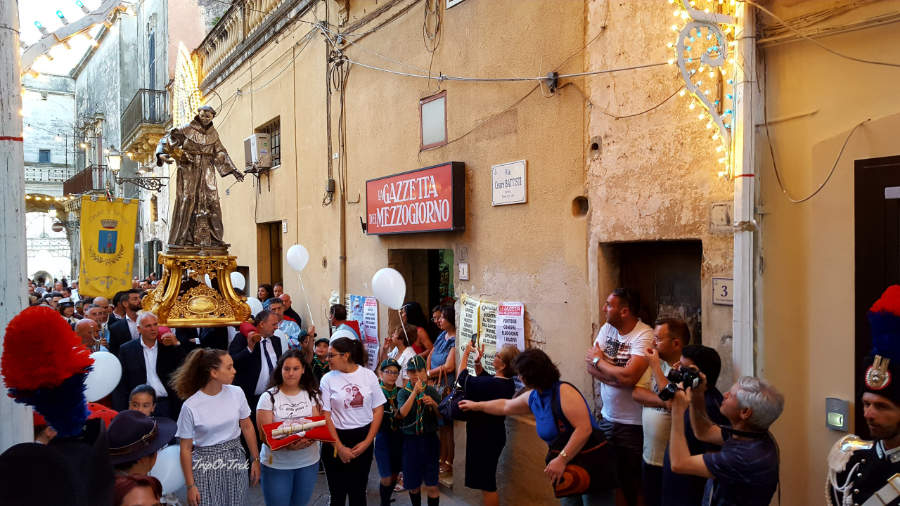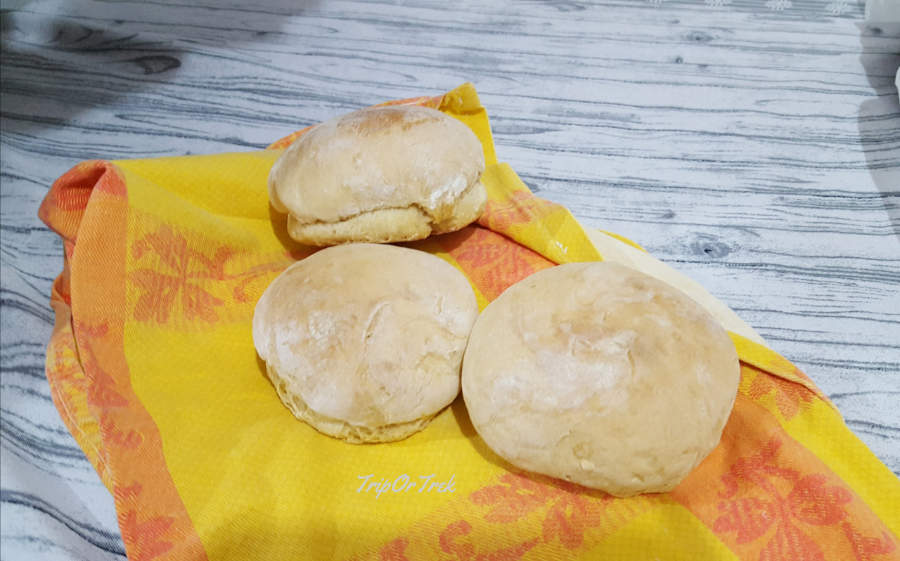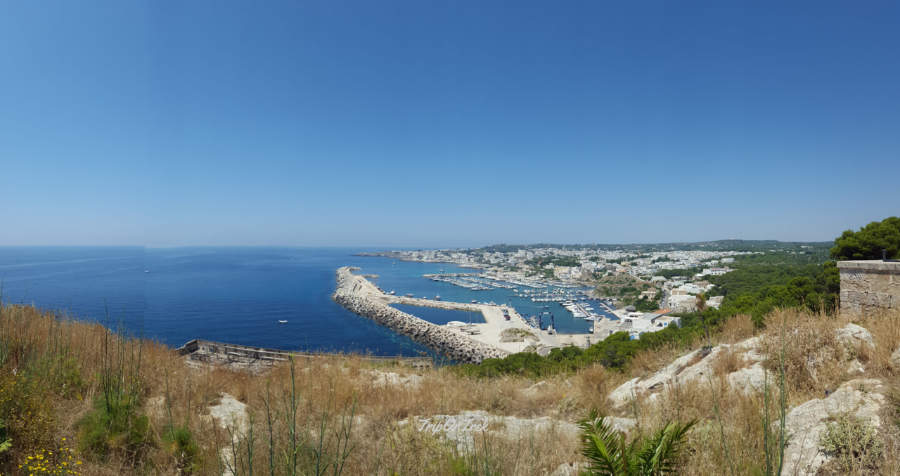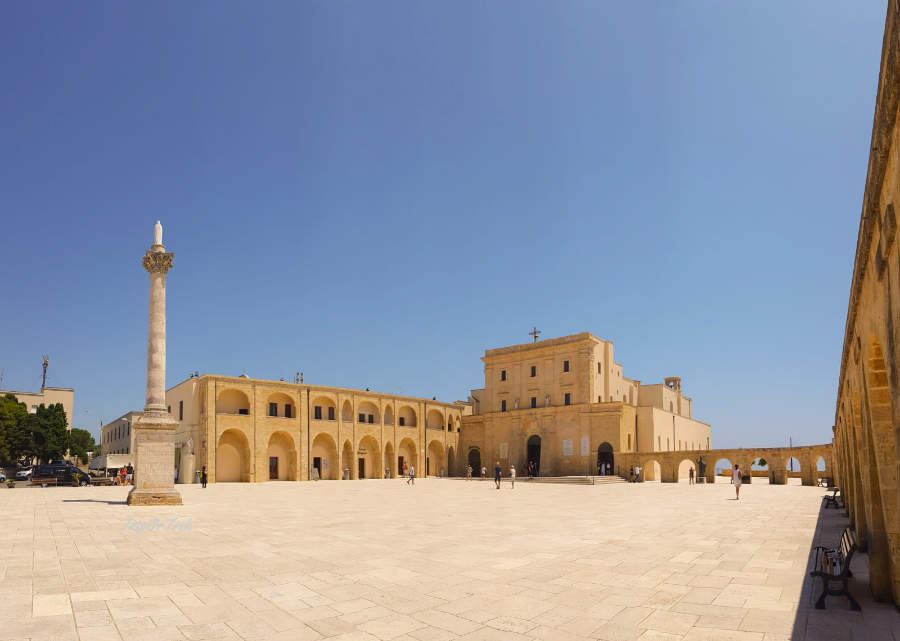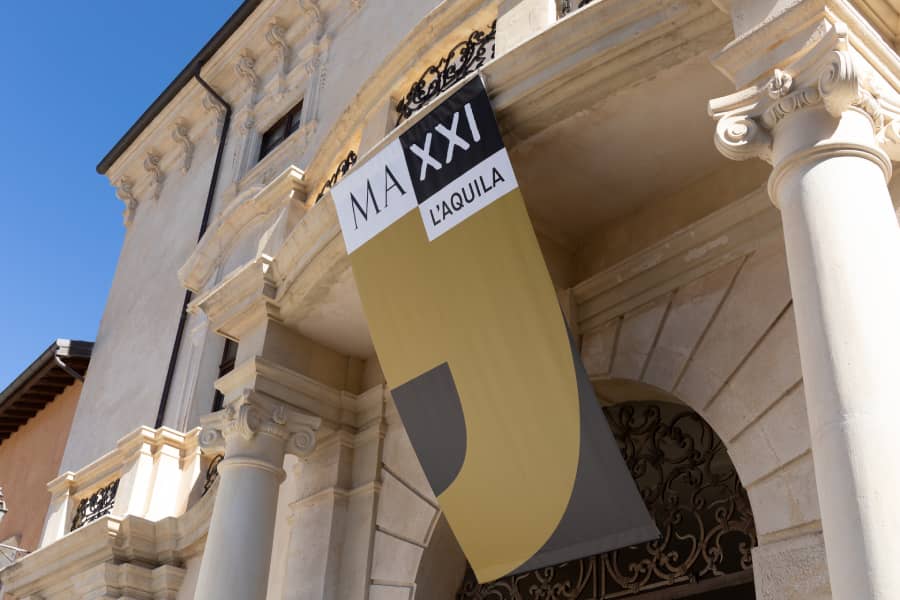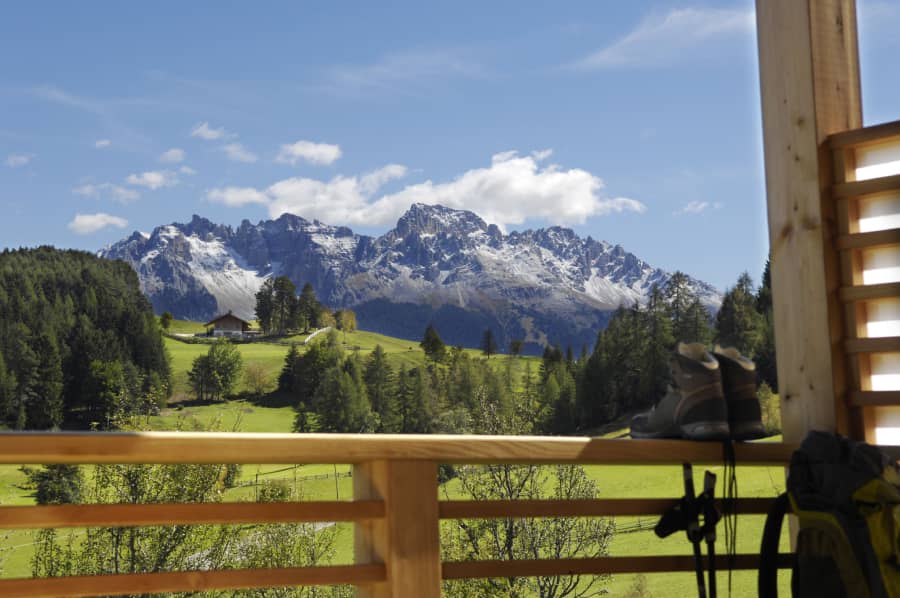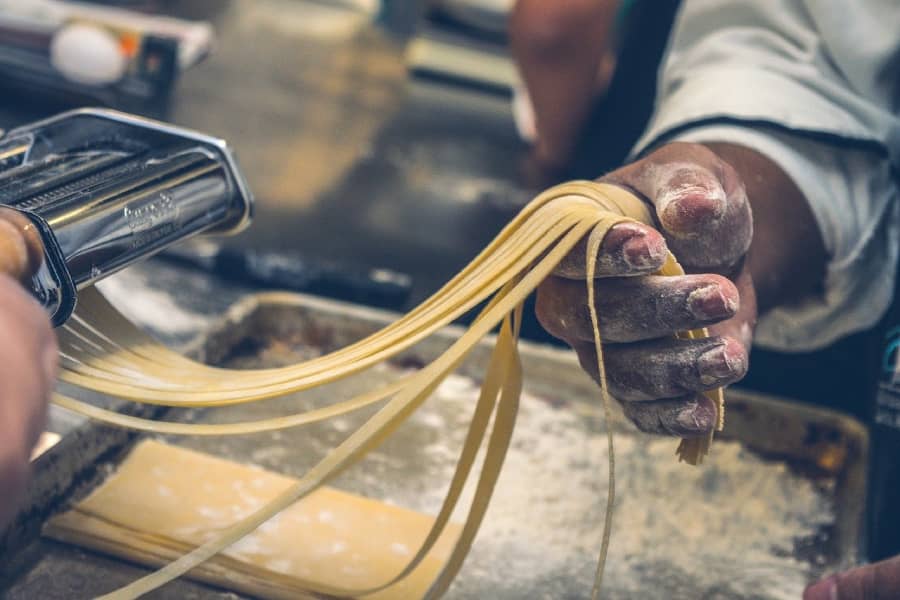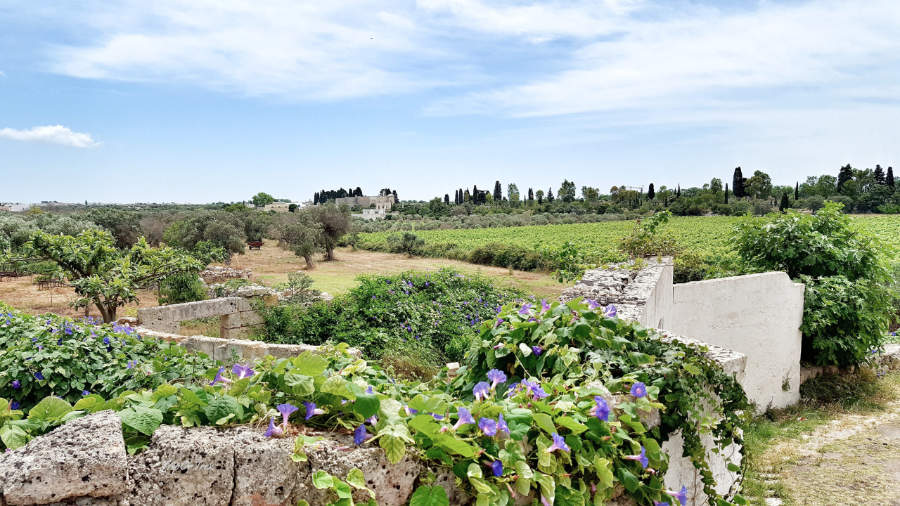
Land embraced by two seas, Salento, at the southern end of Puglia, is a place where Christian devotion has ancient roots like the olive trees that dominate its barren and unspoiled landscape.
If its coasts offer dream beaches that gradually give way to secret coves and cliffs overlooking the sea, the hinterland of Capo di Leuca hides small villages where life flows slowly. Angles of Salento rich in monuments, underground oil mills and churches in which the Baroque art tells lives and miracles of figures, such as St. Anthony of Padua, which can be discovered thanks to the “Cammini di Leuca”, cycle-pedestrian paths that will soon unite the towns of the Capo.
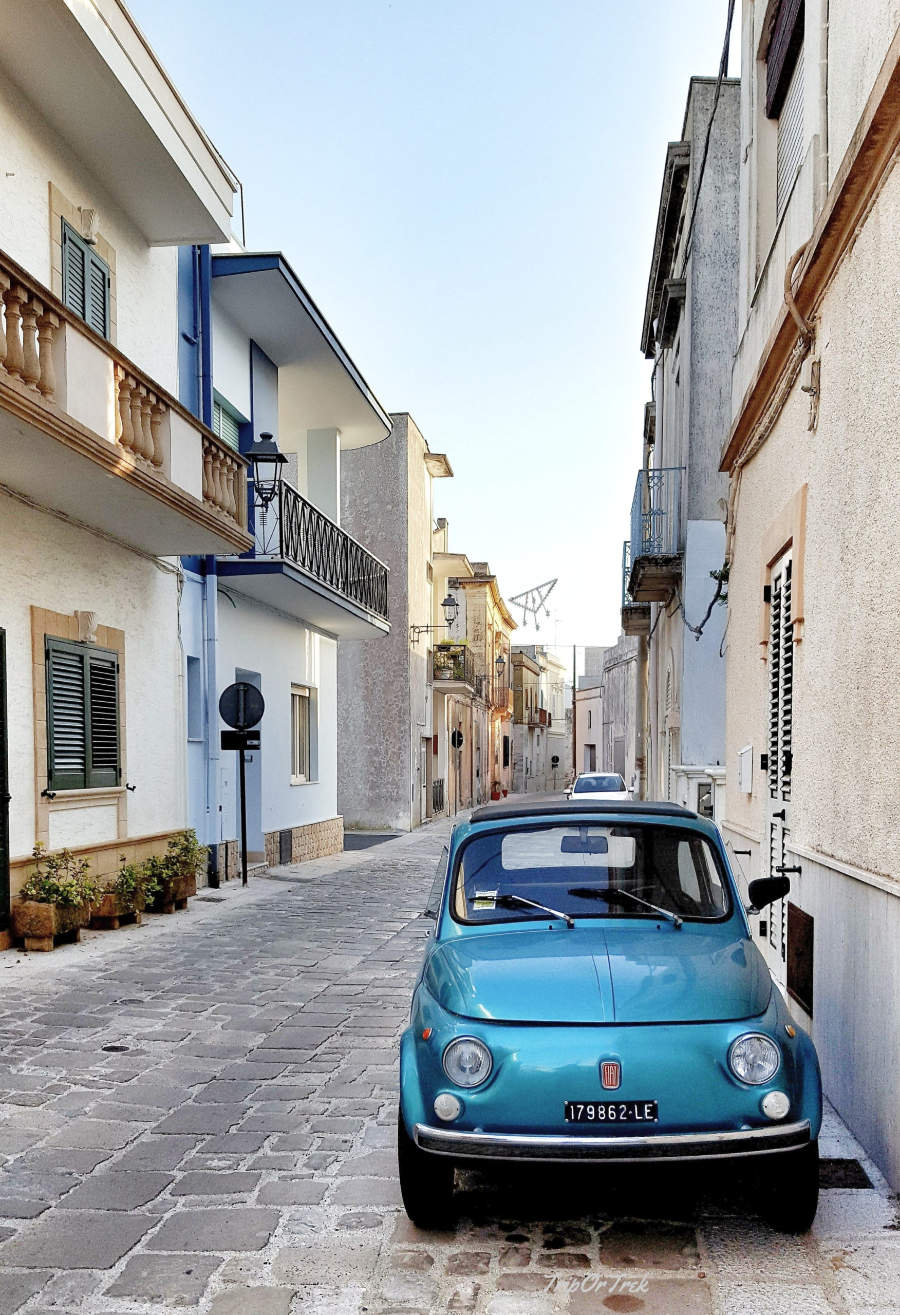
The CAMMINI
Table of Contents
Since ancient times the Capo di Leuca has been the gateway to the Mediterranean and the East. A central territory for the “Mare Nostrum” that today wants to be reborn, bringing to the attention of travelers not only the ancient pilgrimage routes that led to the sanctuary of Santa Maria di Leuca- De Finibus Terrae, but also a new sense of welcoming that integrates the ecclesial realities to the tourist ones.
The “Cammini di Leuca“, in fact, are the brand that will characterize the routes included in the project of the “Ecclesial Cultural Park Terre del Capo di Leuca- De Finibus Terrae” the foundation established by the Bishop of Ugento- S. Maria di Leuca, Vito Angiuli , following the spiritual legacy of his predecessor, Don Tonino Bello. The institution intends to promote an integrated management of the cultural heritage of the territory with the help of the Italian Episcopal Conference, the Local Action Group “Capo S. Maria di Leuca”, the Municipalities, the Province of Lecce and the Puglia Region. The first section of the “Cammini” in 10 km connects the complex of “Leuca Piccola”, in Barbarano del Capo, to the Basilica De Finibus Terrae.
LEUCA PICCOLA
Central hub of the streets of Sallentina, Leucadense and Traiana-Calabra, the three ancient directions that cover the entire territory, the sanctuary of Santa Maria del Belvedere, an architectural jewel built between the seventeenth and eighteenth centuries, was renamed “Leuca Piccola” not only because it reproduced the sanctuary De Finibus Terrae, but also because it was the last stage of the pilgrimage that led to the important place of worship in the “Tacco d’Italia”. In addition to the church, a treasure trove of the sacred art of Salento, the complex consisted of service rooms, including hypogea rooms, where pilgrims could rest.
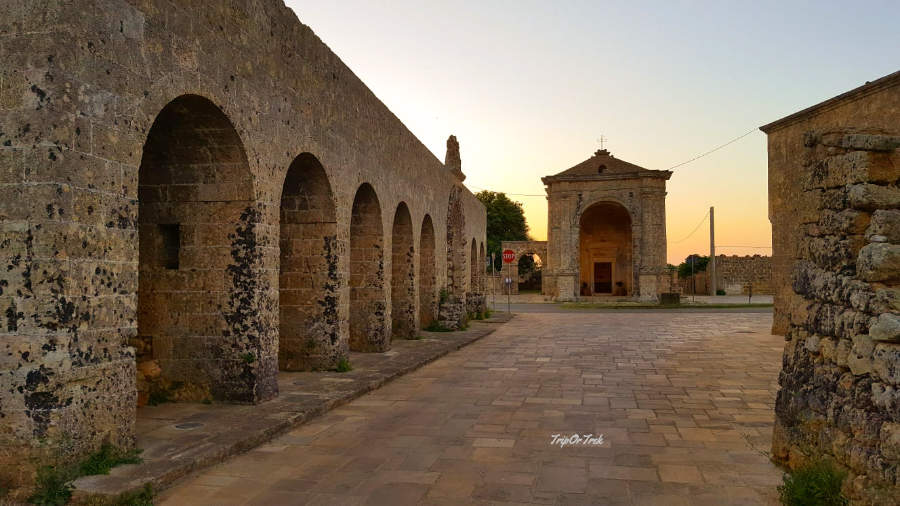
The Villages
Not far from the sanctuary, following a road through the olive groves, we find Morciano di Leuca, a village whose origins date back to the Messapian and Roman ages, which has retained the charm of its historic buildings, characterized by rooms with vaulted ceilings and pretty inner courtyards. , with restorations that enhance stories and legends as happened in the b & b “Il Cortile dei Nonni” and in the restaurant “Al Capitano Cortese“.
Following the pilgrimage routes, the village of Salve appears with its picturesque old town where there is also the hypogeum oil mill “Le Trappite” which bears witness to the true richness of Salento: oil. Pushing inland, however, Ruffano combines pagan and Christian treasures in the church Matrice built on the remains of a chapel of the Greek rite between 1706 and 1713.
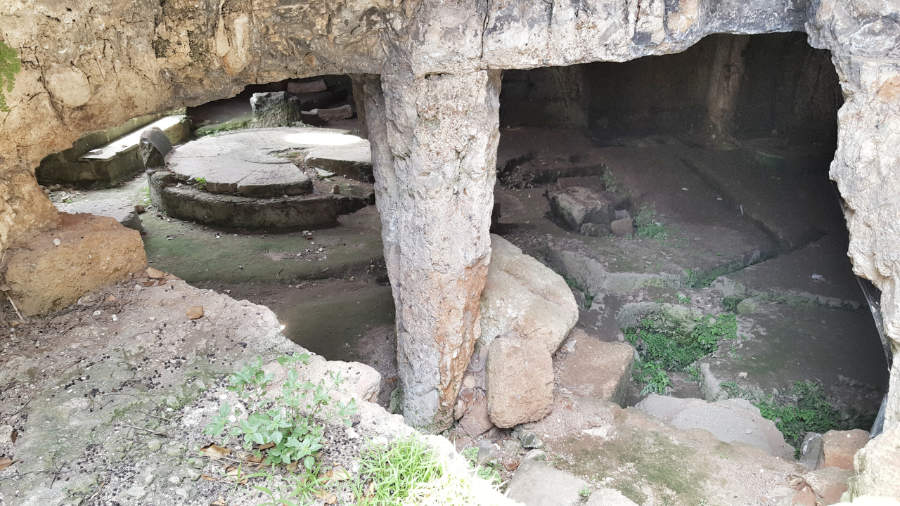
Descending along the Adriatic coast, Tiggiano and Corsano are renowned for the ancient “Salt roads” that from the hinterland along paths marked by the typical “tratturi”, dry stone walls and “pajare” buildings similar to trulli, open onto evocative landscapes marini while Alessano, with its elegant buildings, refers to the splendor of the Gonzagas, who here found their home, and to the story of the bishop Don Tonino Bello.
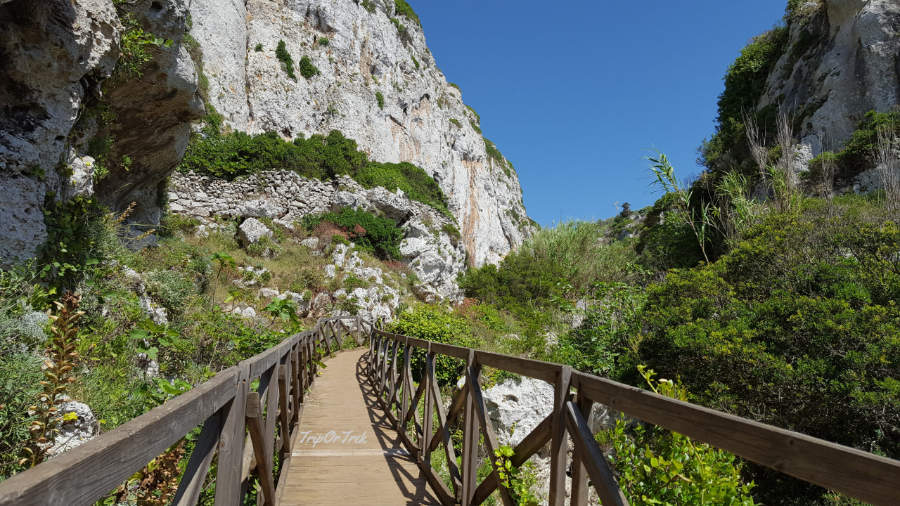
For lovers of trekking in Gagliano del Capo, with the guides of the Archès association,
you can take the path of Ciolo, a walkway overlooking the sea that leads to the archaeological site of Caves Cipolliane.
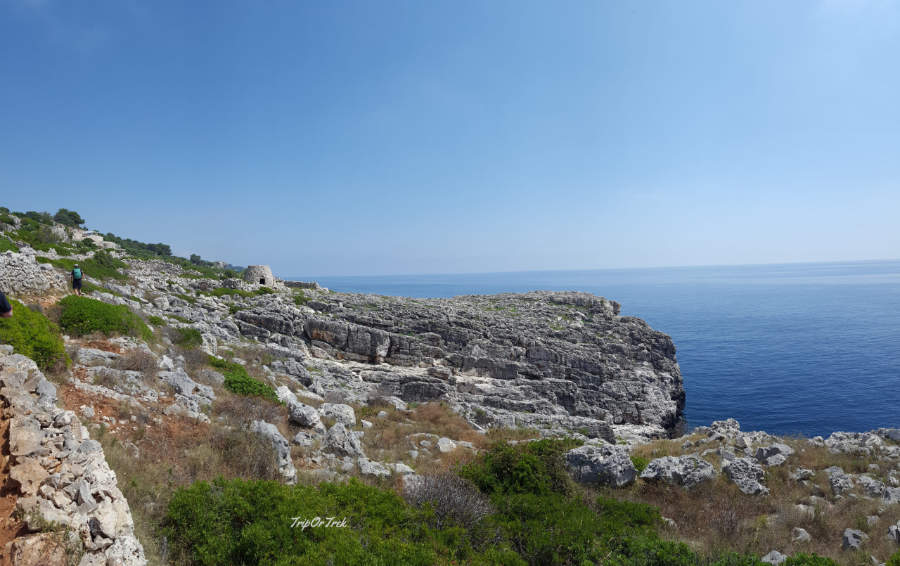
Finally Patù welcomes tourists with its Messapian history enclosed in the complex that sees the church of St. John the Baptist, from the twelfth century, flanked to the medieval funerary monument “Centopietre” built with the ruins of the ancient city of Vereto.
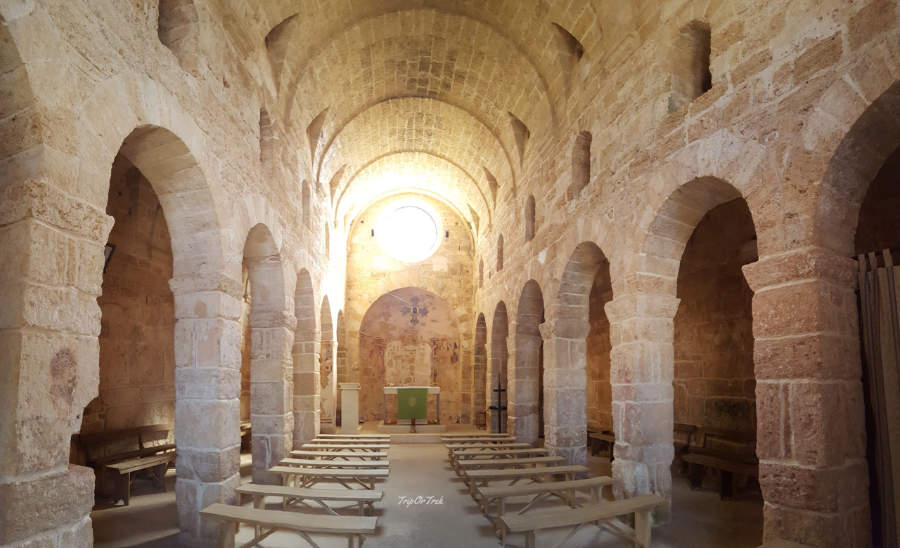
The bread of S. ANTONIO
Like in Patù also in other villages the figure of St. Anthony occupies a special place in the heart of the inhabitants of Salento so much that, in the day dedicated to him, many countries remember it with civil and religious celebrations sometimes small and heartfelt, other lavish and rich. However there is a custom that unites all the festivities: the blessing of bread, a custom that is born, like many “religious” traditions from a miraculous event that is the story of little Tommasino, drowned in a tub of water and reported in life thanks to a miracle of the Saint who listened to the prayers of the mother of the child who made a vow: to distribute to the poor the amount of grain corresponding to the weight of the child. Since then the tradition “pondus pueri” (the weight of the child) was born with which parents, in exchange for protection for their children, promised the saint as much bread as was their weight.
This ancient tradition has been handed down over the centuries: all the women of Salento go to the church on June 13 to “take” the blessed bread, subdividing it with meticulous attention among the family members so that everyone will taste a piece. The bread that remains in more they keep in the cupboard and throw it out of the door during the days when there are storms to protect the house.
Santa MARIA DI LEUCA
Following the coast you arrive at S. Maria di Leuca, a charming seaside resort, set between the Meliso and Ristola headlands, where eclectic style villas stand out and where the promises of men and the divine ones come together in the shadow of the sanctuary De Finibus Terrae from whose summit the union of the Adriatic and Ionian seas is admired.

Viaggio e racconto il tuo territorio scrivendo di turismo, marketing territoriale e storytelling nel mio blog TripOrTrek



